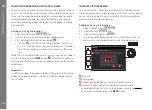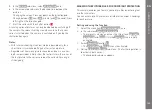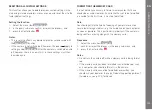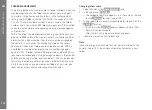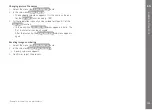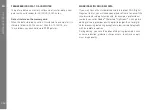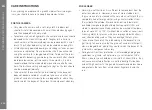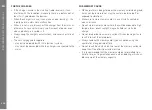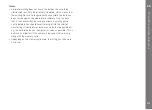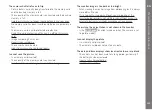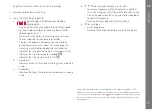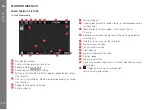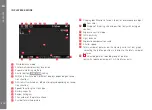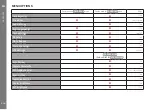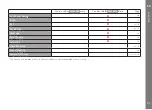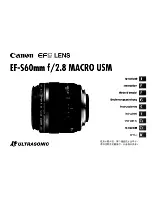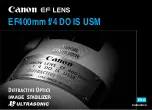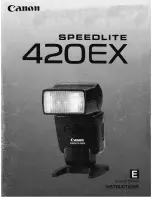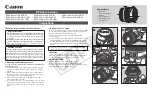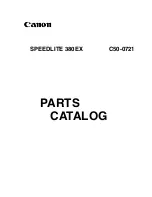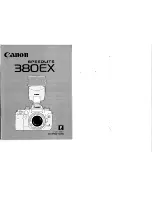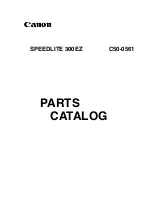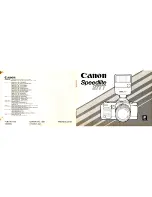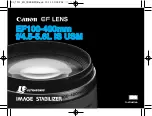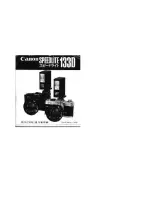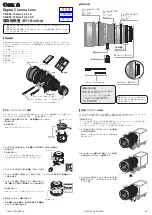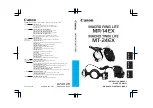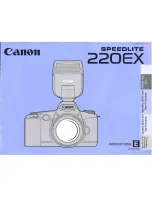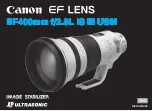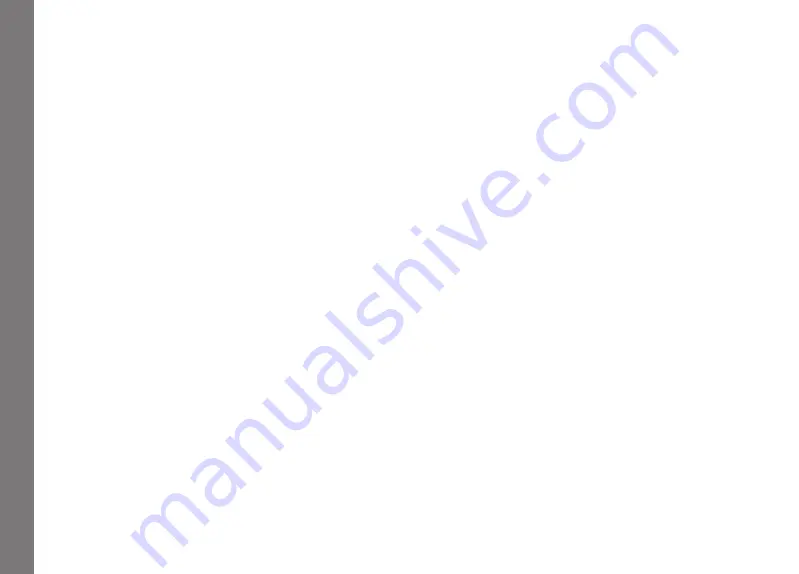
EN
202
Pr
ecautions and car
e ins
tructions
CARE INSTRUCTIONS
As any soiling also represents a growth medium for microorgan-
isms, you should take care to keep the equipment clean.
FOR THE CAMERA
• Only clean the camera with a soft, dry cloth. Stubborn dirt
should first of all be covered with a well-thinned cleaning agent
and then wiped off with a dry cloth.
• To remove stains and fingerprints, the camera and lenses should
be wiped with a clean lint-free cloth. Tougher dirt in hard to
reach corners of the camera body can be removed with a small
brush. The shutter blades may not be touched when doing this.
• All mechanically operated bearings and sliding surfaces on your
camera are lubricated. Please remember this if you will not be
using the camera for a long period of time. To prevent the lubri-
cation points becoming gummed up, the camera shutter should
be released a number of times every three months. It is also
recommended that you repeatedly move and use all other con-
trols. The distance setting and aperture rings on the lens should
also be moved periodically.
• Take care that the sensor for the 6-bit coding in the bayonet
does not become soiled or scratched. Take care also that no
grains of sand or similar particles are lodged there, where they
could scratch the bayonet. Only clean this component when dry.
FOR LENSES
• Normally, a soft hair brush is sufficient to remove dust from the
outer lens elements. However, in case of more stubborn dirt,
they can be carefully cleaned with a very clean, soft cloth that is
completely free of foreign matter, using circular motions from
the inside to the outside. We recommend micro-fiber cloths
(available from photographic and optical specialists) that are
stored in a protective container and can be washed at tempera-
tures of up to 40°C/104°F (without fabric softener, never iron!).
Cleaning cloths for glasses, which are impregnated with chemi-
cals, should not be used as they can damage the lens glass.
• Take care not to scratch the 6-bit coding in the bayonet, or to
get it dirty. Take care also that no grains of sand or similar parti-
cles are lodged there, where they could scratch the bayonet. On-
ly clean this component when dry.
• For optimum front lens protection in unfavorable photographic
conditions (e.g. sand, salt water spray), use transparent UVa
filters. However, you should bear in mind that, like all filters, they
can cause unwanted reflections in certain backlight situations
and with high contrasts. The generally recommended lens hood
also protects the lens from unintentional fingerprints and the
rain.
Summary of Contents for M 10
Page 1: ...LEICA M10 ANLEITUNG INSTRUCTIONS ...
Page 2: ...1 10 11 13 15 14 12 12b 19 20 17 18 18a 12c 16a 12a 16 2 3 4 5 2 8 9 6 7 ...
Page 3: ...35 36 37 21 22 23 24 25 26 27 28 30 31 29 33 34 32 ...
Page 4: ......
Page 5: ...LEICA M10 Anleitung ...
Page 7: ...DE 3 ...
Page 41: ...DE 37 Kamera Grundeinstellungen ...
Page 102: ...DE 98 Anhang ANHANG DIE ANZEIGEN IM SUCHER 1 2 3 ...
Page 117: ...LEICA M10 Instructions ...
Page 153: ...EN 149 Camera default settings ...
Page 214: ...EN 210 Appendix APPENDIX VIEWFINDER DISPLAYS 1 2 3 ...

